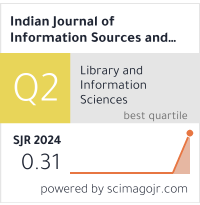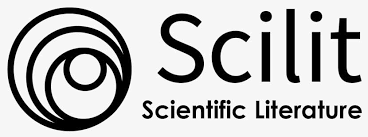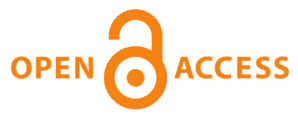The Present Scenario of Enrolling in LIS Education System in India during 2010-2017
DOI:
https://doi.org/10.51983/ijiss.2019.9.1.587Keywords:
LIS Education, Librarianship, IndiaAbstract
This paper makes an attempt to present a comprehensive review of enrolling within the library and information science (LIS) discipline in India during 2010–20017. The article provides latest information relating to enrolment in universities, institutions and colleges. The objective of this study is to identify the growth and development of LIS education and training in India. The analysis is predicted on the report of ‘All India Survey on Higher Education’. In this study the situation of the future in LIS is analyzed.
References
Ahmed, A. (2012). Modern Trends in Library and Information Science Education in Nigeria: Challenges and the Way Forward. Library Philosophy and Practice, 1-9. Retrieved from http://digitalcommons.unl.edu/libphilprac
Dasgupta, A. (2009). Preparing Future Librarians in India: A vision for LIS Schools of Indian Universities in the 21st Century. Paper presented at the World Library and Information Congress: 75th IFLA General Conference and Council, 23-27 August, 2009, Milan, Italy, 2009, 1-15. Retrieved from http://www.ifla.org/annual-conference/ifla75/index.htm
Ganaie, S.A. (2015). Library and Information Science Education in India: A Critical Assessment. LIS Links Newsletter, 1(2), 1-9. Retrieved from http://newsletter.lislinks.com
Yadav, A. K. S., & Gohain, R. R. (2015). Growth and Development of LIS Education in India. SRELS Journal of Information Management, 52(6), 403-414.
Downloads
Published
How to Cite
Issue
Section
License
Copyright (c) 2019 The Research Publication

This work is licensed under a Creative Commons Attribution-NonCommercial-NoDerivatives 4.0 International License.









